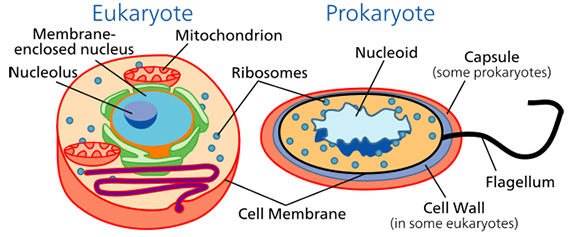FREE Bachelor of Science: Life, Physical, and Chemical Questions and Answers
A huge rocky object circling the sun with craters on its surface and mostly composed of nickel and iron would fall into what category according to scientists?
A meteorite is a solid object, typically a fragment of a larger celestial body such as an asteroid or a comet, that survives its passage through the Earth's atmosphere and lands on the Earth's surface. Meteorites are often composed of various minerals and elements, including metals like nickel and iron. They can exhibit characteristic features such as craters, fusion crust (formed during atmospheric entry), and other signs of interaction with the Earth's atmosphere.
Which of the following organ systems, if it were to become dysfunctional (or even fail), would have the most immediate impact on how you would experience and react to the rest of the body being dysfunctional as a result?
The nervous system plays a crucial role in receiving sensory input from various sources, processing that information, and generating appropriate responses. It controls bodily functions, motor movements, cognition, and behavior. Any disruption or failure in the nervous system can result in significant and immediate effects on perception, cognition, motor control, and overall responsiveness.
Which function may be carried out by prokaryotic and eukaryotic cells utilizing the same organelle, according to the information conveyed in this image?

Imagine that you exerted a force on a 13 kilogram item, forcing it to accelerate at a velocity of 0.5 m/s2. How many times would the force being applied to this item need to be multiplied in order to achieve an acceleration of up to 1.25 m/s2?
Which key dogma mechanism explains how RNA strands are converted into amino acids?
The process of translation is the step in the central dogma of molecular biology that describes how sequences from RNA are transformed into amino acids. Translation is the process by which the genetic information carried by mRNA (messenger RNA) is used to synthesize proteins. It occurs in the cytoplasm of cells and involves the interaction of mRNA with ribosomes, tRNA (transfer RNA), and amino acids.
Some students created the above table to compare different cell components and indicate if they are present in the two different cell types. What column or columns in this table are incorrect?

Imagine that the force keeping the ball in the air in this picture is coming from outside of you (such as a person holding it). What would occur to the ball if they dropped it?
